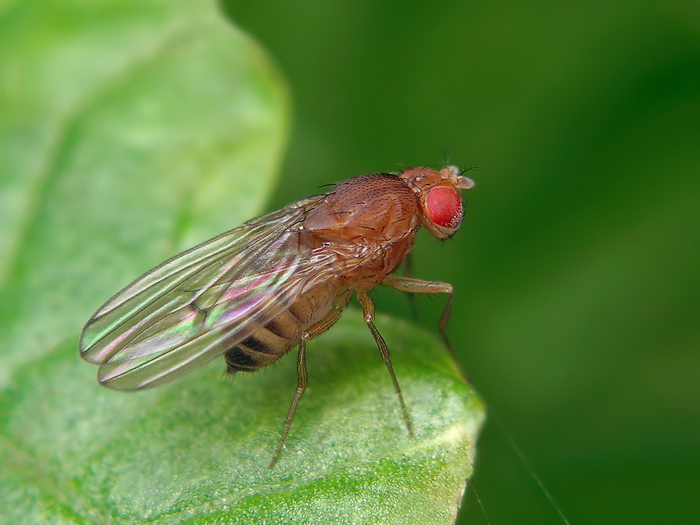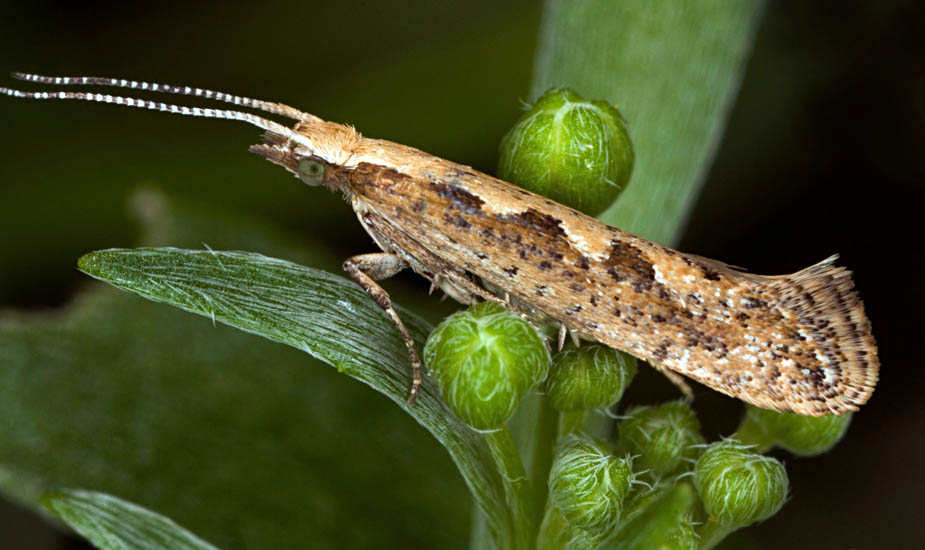*Organism that significantly related to Metisa plana
Drosophila melanogaster

Drosophila melanogaster, commonly known as the fruit fly, is a small insect species that is widely used in biological research. According to Ashburner (2004), fruit flies can be found worldwide and are often found around rotting fruit or sweet beverages.
In genetics research, fruit flies have been a major subject for almost a century. Morgan et al. (1915) used fruit flies to study genetic properties, including the influence of chromosomes on trait inheritance. This research led to the concept of genetic linkage and the role of chromosomes in trait inheritance, which forms the foundation of modern genetics.
The fruit fly genome was sequenced in 2000, providing researchers with a wealth of genetic information to study. The genome contains approximately 13,600 protein-coding genes, many of which have human homologs.
Plutella xylostella

Plutella xylostella commonly known as the diamondback moth, is a small moth species that is considered a major pest of cruciferous vegetables, such as cabbage, broccoli, and cauliflower (Shelton et al., 2006). The moth is native to Europe, but has since spread to other parts of the world, including Asia, Africa, and the Americas.
The diamondback moth has been the subject of extensive research, particularly in the areas of pest management and insecticide resistance. Researchers have investigated various methods for controlling the moth, including biological control agents, such as parasitoid wasps, and cultural control methods, such as crop rotation and the use of resistant crop varieties (Desneux et al., 2010)